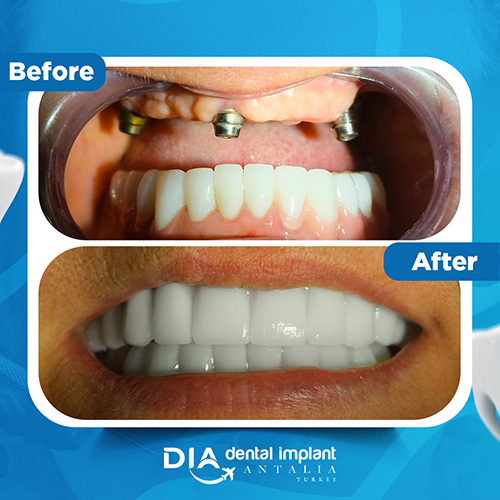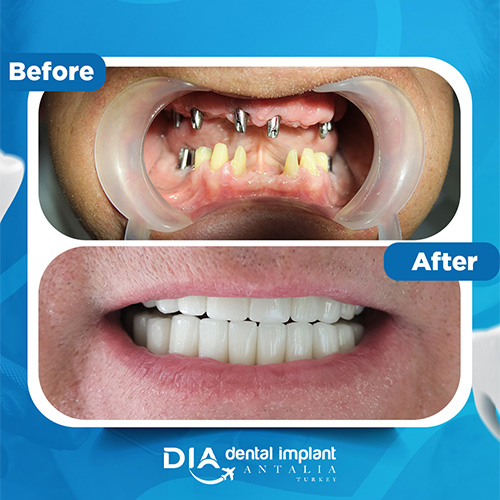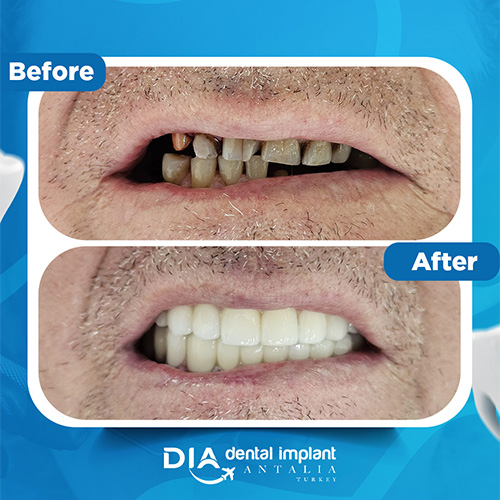How are sedation and general anesthesia different?
First, anesthesia may refer to either local anesthesia or general anesthesia. Local anesthesia is basically the numbing medication we inject directly into the area that is about to have the surgery done. This freezes the area so that you do not feel pain. Every oral surgery procedure will require local anesthesia.
General anesthesia refers to “being put to sleep” for your surgery. You will be completely unconscious during the procedure.When we are talking about sedation and general anesthesia, it is helpful to think it about levels of consciousness on a spectrum. At one end of the spectrum, you have a scenario where the patient is completely awake with no sedation and fully lucid. Whereas, at the other end, the patient is under general anesthesia and is fully unconscious and will not respond to any stimulation. Sedation falls somewhere in between.
Sedation
Sedation is commonly referred to as monitored anesthesia care. It is recommended by your dentist when they think your procedure requires an additional agent to make you more comfortable, in addition to local anesthesia. It will help you to be more comfortable and relaxed for your oral surgery.
Sedation is most commonly done at an oral and maxillofacial surgeon’s office. We perform them every day. There are different types of sedation. Unlike most general dentists, specialists in oral surgery can provide all types of sedation. Deeper forms of sedation are beneficial if you are anxious, or uncomfortable in keeping your mouth open for an extended period, or have a sensitive gag reflex, or you require an invasive surgical procedure such as wisdom teeth extractions.
General Anesthesia
There are scenarios where your oral surgeon may recommend the administration of general anesthesia. This will be performed by an anesthesiologist. The agents involved may be through gas inhalation or intravenous medications or a combination of both. When under general anesthesia, patients are unaware of stimulation and their surroundings and are unable to respond. Patients have a complete loss of consciousness. As with sedation, patients are monitored closely throughout the surgery to ensure proper and safe administration of the anesthetic.
Facilities must be specially inspected to meet the strict guidelines for general anesthesia accreditation. Our facility is one of the few dental facilities in the lower mainland that is accredited for all forms of sedation as well as general anesthesia.










 ASK QUESTIONS
ASK QUESTIONS 









